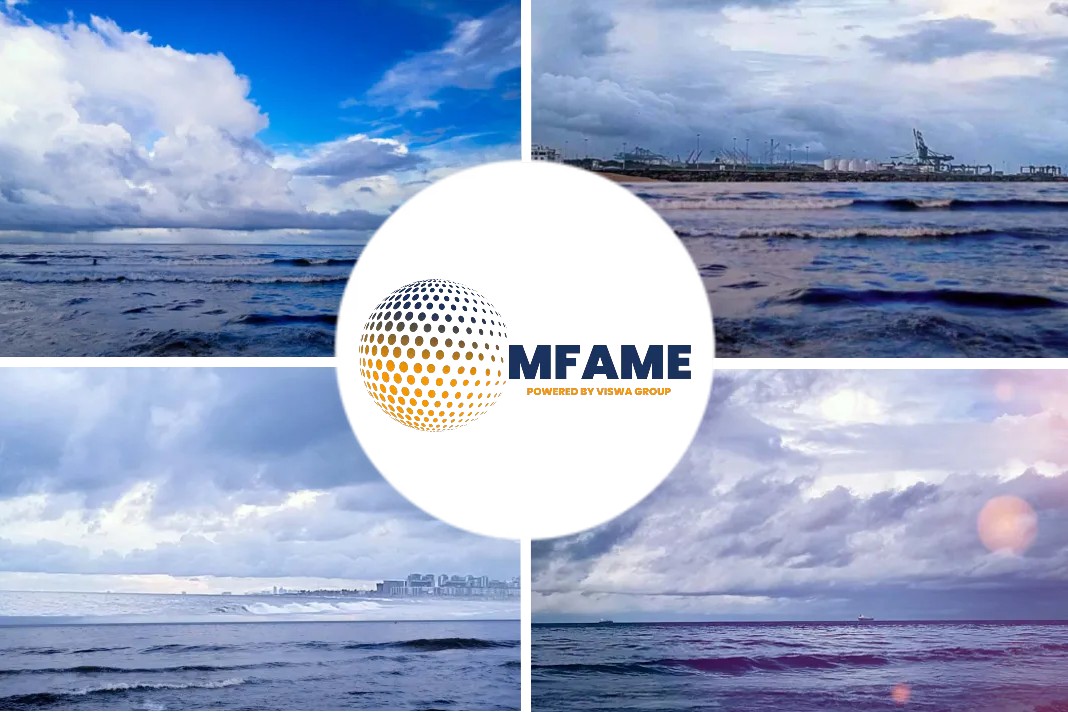
Q2 costs of acquiring transportation fell faster than drop in revenues year over year. Expeditors (NASDAQ: EXPD), which does not hold an earnings call with analysts, recorded across-the-board declines in tonnage for both airfreight and ocean freight.
Airfreight and Ocean Freight
- Airfreight tonnage measured in kilos was down 15% for the quarter, with the decline worsening over the three months: down 6% in April, 16% in May and 22% in June.
- On the water, there was slight sequential improvement as the quarter advanced, though the overall decline was 13%.
- The decline in April was 15%, 13% in May and 12% in June.
- Revenue was down 51% from the second quarter of 2022, declining to $2.23 billion from $4.6 billion a year ago. Sequentially, revenue was also down, falling 13.6% from the first-quarter figure of $2.59 billion.
- Revenue at Expeditors in the second quarter was down more than 50% from the recent high-water mark of $4.66 billion in the first quarter of 2022.
Cost Category Plummets
That category, which does include some other expenses, dropped 59% in the second quarter to $1.41 billion from $3.4 billion a year earlier. Sequentially, the cost of transportation in the first quarter was $1.72 billion, for a quarter-to-quarter decline of 17.4%.
Despite the fact that costs fell faster than revenues sequentially, earnings per share at Expeditors in the second quarter at $1.30 per share was less than first-quarter earnings of $1.45.
The second-quarter earnings were 43% less than the corresponding figure of $2.27 a year earlier.
“There is now ample and, in some cases, excess capacity in both air and ocean freight, as global supply chain congestion of recent years has effectively disappeared,” Musser said.
Investor Note Aligns Expeditors with C.H. Robinson:
“The addition of new ship builds have placed the market in an overall capacity situation which does not bode well for ocean rates in 2H. EXPD noted that similar dynamics are at play on the airfreight side with excess belly capacity relative to demand.”
Rates in the freight market are above pre-pandemic levels, Musser said, but are declining. So are volumes. Tonnage has “continued to decline at the same time that air capacity has scaled up and ocean capacity is readily available. Pricing is becoming a more critical determining factor to shippers the further away we get from the severe supply chain disruptions brought on by the pandemic, which impacted revenues this quarter, primarily in our air and ocean businesses.”
Symbiotic Surge
Musser said the increase in passenger air traffic has meant an increase in airfreight capacity as well, with airlines bringing “new and idled aircraft back to service, which is couple with persistent higher utilization of freighter capacity compared to pre-pandemic levels.”
Ocean freight rates have “continued to fall significantly for the third consecutive quarter as capacity exceeded demand despite carrier efforts to rationalize the availability of space.”
Employee numbers declines
“We will continue to thoughtfully manage down our headcount and exert other efforts to align our costs with these lower levels of demand,” Musser said.
“In many ways, current conditions are very much the reverse of what we experienced in the early days of the pandemic, as the current marketplace shifts to a lower gear on increased capacity and falling rates and demand. We do not see those conditions changing meaningfully before the end of the current year.”
TD Cowen reduced its earnings per share estimates on Expeditors to $5.40 from $5.70 this year, and to $5.20 from $5.75 in 2024.
Did you subscribe to our daily newsletter?
It’s Free! Click here to Subscribe!
Source: Freight Waves
























